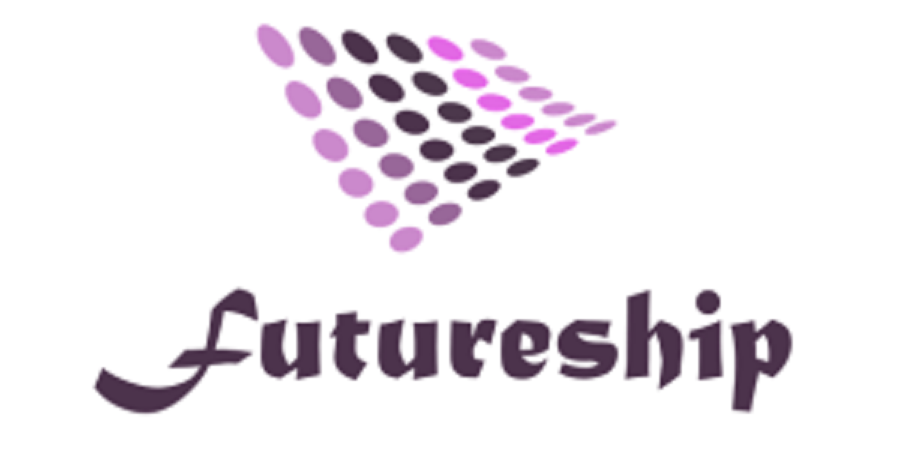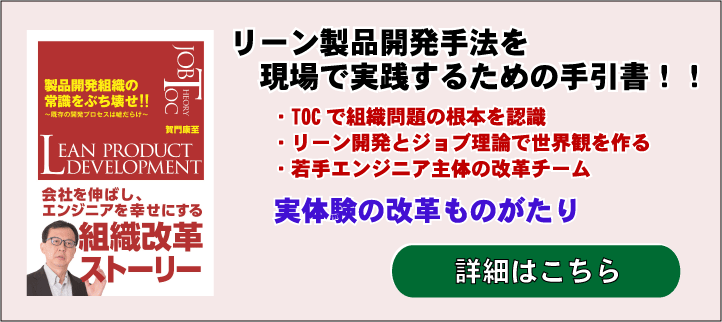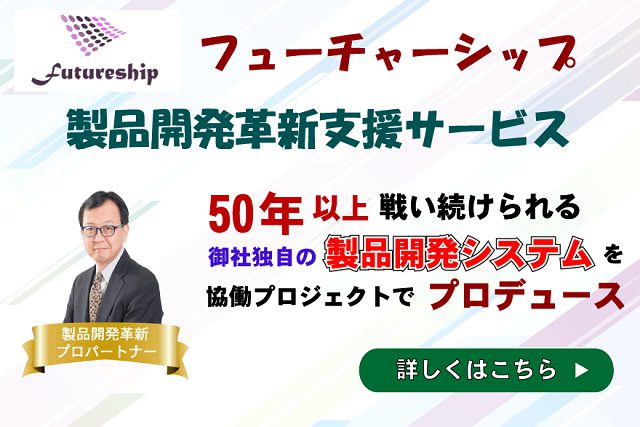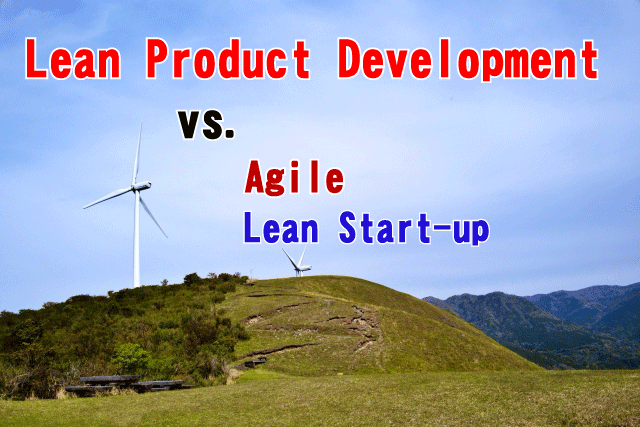

I want to know what is the difference between Lean Development, Agile Development, and Lean Startup
At Lean Product Development seminars, I am often asked what is the difference between Lean Development and Agile or Lean Startup.
In order to deepen your understanding of Lean product development, I would like you to grasp the essential meaning of Lean development by recognizing the differences and commonalities with Agile and Lean Startup, which are said to be similar.
In particular, I believe that by understanding the common concept of “lean” thinking, you will be able to apply “lean” thinking to a variety of situations, not limited to development methods.
Contents of this article
What is “Lean” Thinking?

If you look up “lean” or “lean” in the dictionary, you will find the verb “to lean” or “to lean” first, and as an adjective it has a slightly negative meaning, such as “thin” or “scarce”.
However, if you look it up further in a detailed dictionary, you will find that it can also mean “an organization or other entity” that has become “more efficient” or “slimmer.
This seems to be the meaning of the word “lean” used in development methods.
The most famous word with “lean” in it is probably “lean production system”.
If you look up “lean production system” on Wikipedia, you will find the following explanation as to the origin of the name.
This is the Toyota Production System, which thoroughly eliminates waste as typified by the Just-in-Time production system. The Toyota Production System defines seven types of waste and focuses on reducing or eliminating them. In this system, the wastes are regarded as “flabby flesh attached to a giant called a company”, and the production system was established with the aim of conducting production activities in a “slim state with the flabby flesh removed”. The name “Lean Production System” was derived from the English word “lean,” which means “free of extravagance. In other words, it is a production system with no waste. (Quoted from Wikipedia)
The Lean Production System is a method for improving production sites that is recognized worldwide, as the word “kaizen” is used in English as it is, by repeatedly making improvements at production sites to thoroughly eliminate waste.
Toyota’s production system (TPS) is said to be a combination of top-down reform and bottom-up improvement activities.
However, the Toyota Production System (TPS) is said to be a combination of top-down reforms and on-site bottom-up improvement activities. In either case, the idea is that productivity can be dramatically increased through improvement activities in the form of repeated trial and error for improvement.
Lean thinking in product development and business development
Keywords for Lean Product Development
Similar to the Lean Production System, Lean Product Development, which is said to have its roots in Toyota, is explained in a separate article, “What is Toyota-style Lean Product Development” One key is the concept of accumulating MVE (Minimum Viable Experimentation; the smallest feasible experiment) within a set-based development methodology.
This is a method of development that eliminates development waste by building up new knowledge through small experiments and repeating the learning cycle, moving development forward step by step without fail, and never going back, even if it looks like a long way.
Key words in agile development
Agile development, which will be explained in a later section, is one of the software and system development methods that breaks away from the traditional waterfall model to speed up the development process.
The keyword of agile development is iteration, or the idea of approaching the goal by repeating the cycle of planning, designing, implementing, and testing in small units of development.
Since the development is done step by step in small units, it is easy to respond to changes during the development process, and as a result, the development period is shortened.
Keywords for Lean Startup
“Lean Startup” by Eric Ries is widely read by entrepreneurs and people in charge of launching new businesses as the bible of startups.
The key word in Lean Startup is MVP (Minimum Viable Product).
The idea is to think big and start small, and to achieve success by running a small and fast cycle of building, measuring, and learning.
As with lean product development and agile development, there is the idea of building up step by step, and at the same time, since start-up companies have to avoid risk with little capital, the risk of failure after building the whole product is high, so the main goal is to reduce the risk of failure and redoing.
What they all have in common is the need to turn small and fast
Lean Product Development, Agile Development, and Lean Startup all have one thing in common : they are all small and fast.
In Lean development, the cycle of knowledge accumulation is small and fast ; in Agile development, the act of software development is small and fast; and in Lean Startup, the hypothesis testing of the entrepreneurial idea is small and fast.
By turning small and fast, we can eliminate risk and waste.
In other words, I think we can say that lean thinking is about turning the PDCA cycle small and fast.
It just means that the target of the PDCA cycle changes according to the objective, and by turning the hypothesis testing, the objective is achieved quickly and without waste.
Furthermore, it can reduce various losses due to failures and rework rather than verifying after the entire project is created, which means that it can contribute to avoiding risks in projects and businesses.
What is agile development?

The word “agile” means “light” or “agile”.
In other words, it is one of the methods to proceed software development lightly and quickly. (Reference:[Illustration] What is Agile Development?)
Conventional development is said to be of the waterfall type, where the entire project involves planning, design, implementation, and testing before the final product is released.
On the other hand, in agile development, planning, design, implementation, and testing are done in small development units called iterations or sprints, and small functions are released one by one.
The waterfall method does not allow for specification changes during development and is said to be difficult to deal with changes, but agile development proceeds in small units and can flexibly deal with specification changes.
In agile development, the team works together to plan and implement iterations, and the effectiveness of the plan is enhanced through close communication within the team through scrum meetings.
Within Agile, the Extreme Programming (XP) methodology is a technical method from the programmer’s perspective to listen to customer requirements and be flexible to changes in the process from requirements definition to testing.
User Function-Driven Development (FDD) is a technique for developing quality features from the customer’s perspective.
Agile development is a method of clarifying changes in specifications, especially customer requirements, while developing, and correcting the course of development.
It is a very effective method when customer satisfaction is required and development speed is also required.
Reference Articles:
“Learning from charismatic executives who continue to learn and transform lean production and lean development”
※The story of an American company that has further broken the software industry from agile development.
What is Lean Startup?
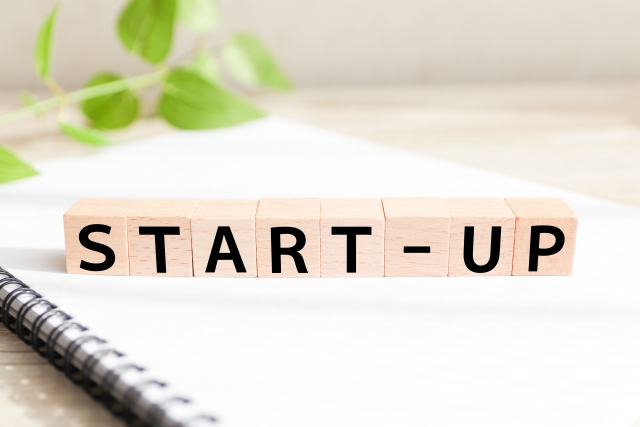
The Lean Startup is a methodology for reducing the risk of starting a business and releasing a product or service that customers really want in a limited amount of time.
It is based on the premise that only the customer can answer whether a product or service will be successful in the market or not.
In other words, the approach is to test the product or service in small units in the actual market, adopting the idea of testing whether the customer will actually pay for the product or service to see if it will be a hit or an innovation.
Then, if the results are not good, we pivot and try again.
By running a small, quick learning cycle, entrepreneurs with limited financial resources can take on the challenge of innovation with less risk.
If you only look at it from your own perspective, you will make too many assumptions and fail. Also, if you are running a large operation, you will lose a lot of money when you fail.
By learning from your customers, you can reduce the probability of failure, and even when you still fail, you can stop it with a minimum loss.
It can be said that the entrepreneurial process thoroughly eliminates waste.
The Essence of Lean Development from a Lean Perspective

Some of you may have high expectations that Lean Development must be superior because it is a method used by Toyota, which has been winning globally, or that it will dramatically improve development efficiency or greatly increase the probability of innovation.
I believe that it is possible to achieve great results by reforming development organizations and processes using Lean development.
However, what I have repeatedly said is that you will not get results by introducing only the form.
It is important to understand the current situation of your company, set a firm goal to be achieved, and incorporate the essential significance of Lean development as a way to fill the gap.
So, what is the essence of Lean development? As we have seen above, it is “to turn small and fast.
What turns small and fast is a small and fast learning cycle to acquire new knowledge. (Reference: Understanding Set-Based Development)
So, what is new knowledge? There are two types of knowledge: technical knowledge about the product and knowledge about how to increase customer value!。
By creating a mechanism that combines these two cycles of learning new knowledge and reusing existing in-house knowledge accumulated to date without waste, we can thoroughly eliminate waste in the development process and increase the probability of creating the innovations that customers demand.
I believe that the product development process that many companies follow is the same as the waterfall model in software development. In other words, the entire product is planned, designed (overall detailed design), built (implementation), tested, and then transferred to the production process. (Release)
I believe that we can’t get rid of this way of thinking because of the assumption, and unspoken common sense that making a prototype and trying it out (evaluating it) as soon as possible is the most important and fastest way.
There is nothing wrong with the idea of “trying things out first,” but in product development, I think it is necessary to question whether this is really the right approach.
Introducing lean development methods in product development should be considered as big a change as introducing agile in software.
The Lean Startup concept that only the customer has the real answer to innovation should also be introduced into product development.
However, there is a lot of know-how involved in eliciting the voice of the customer.
The Lean Startup says that free downloads (whether or not the customer will use the software) are not an indicator of whether or not the customer will ultimately accept the software. In other words, you have to test whether or not you really want to pay to download the software, which means you have to test whether or not you want to pay.
It is often said that if you rely on the direct voice of the customer, you will fail. (ex: “The Innovation Dilemma” by Christensen, etc. )
I believe that knowing how to verify whether or not the customer will really accept the product will be the difference between success and failure in manufacturing product development.
We use job theory and marketing theory as a method to understand new customer values and latent needs that even customers themselves are not aware of. (Reference : Teaches a framework for putting job theory into practice)
Marketing thinking is not only for product planning and marketing departments, but is also necessary for product development organizations and technology development departments.
Take a strategic approach to reform
I think you understand now that it is very important to “turn it small and fast.
So, what should we do to objectively review our current way of doing things and change our organization or development process to one that can “turn it small and fast”?
First of all, we need to self-evaluate how far our current approach is from the goal we should be aiming for.
I don’t think that trying to adopt Lean Development, Agile, or Lean Startup methods in the dark will work.
We need to take a strategic approach, that is, we need to accurately analyze the current situation, set goals (objectives), understand the gap between the goals and the current situation, and take appropriate measures.
If the current problems can be viewed as bottlenecks in the organization, the reform can move forward one step at a time by eliminating the bottlenecks, but if the goal is far away, every step must be taken.
Futureship’s approach is to analyze the current situation, set goals, and analyze gaps, and then steadily build up the results one step at a time. In other words, we propose a “small and quick turnaround” reform.
Our strength lies in our ability to not only convey Lean development methods, but also to propose how to address organizational issues.
If you are interested in our services, please contact us using the inquiry form below.
